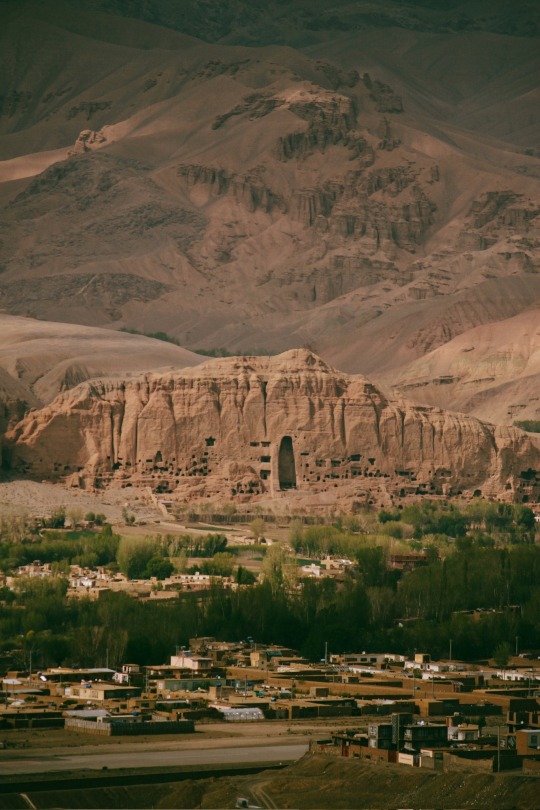#Hazarajat
Photo
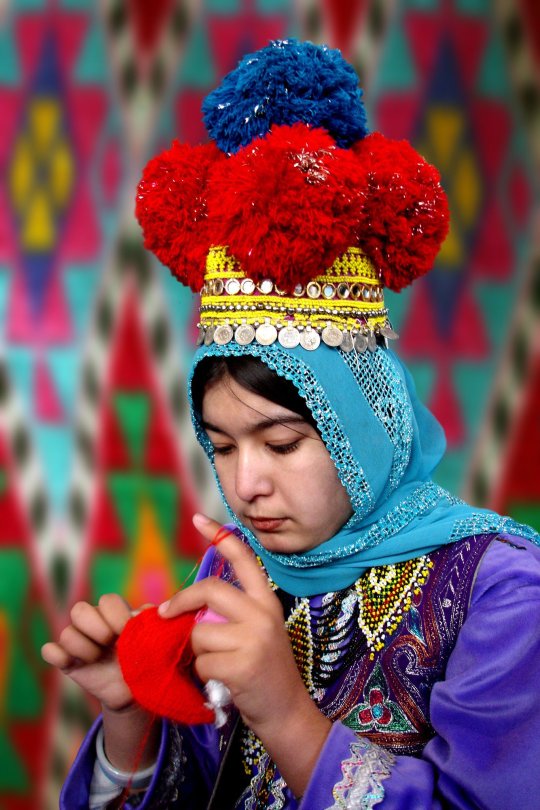
Girl in traditional clothes in Daikundi, Afghanistan.
Source: Najibullah Musafer
#afghanistan#afghan#afghan girl#afghan woman#hazara#hazarajat#daikundi#daykundi#traditional clothes#tradition#clothes#fashion#folk costume#asia#asian culture#central asia#south asia#turkic#mongol#woman
119 notes
·
View notes
Text
THE TALIBAN
1994 TALIBAN - (Taleban) is an Islamic political movement in Afghanistan, it ruled from 1996 to 2001 – it only gained recognition from 3 states: Pakistan, Saudi Arabia, and the United Arab Emirates. Mohammed Omar was the founder of the Taliban until his death in 2013. Mullah Akhtar Mansoor was his replacement. While in power, it informed Sharia Law (Islamic Law), they treated women with much brutality. Pakistan has been accused of continuing to support the Taliban; Pakistan states it dropped support for the Taliban after the 11 September attacks. Al-Qaeda also supported the Taliban. Saudi Arabia provided the Taliban with financial support. The Taliban and their allies committed massacres against Afghan civilians, denied food supplies to civilians, and destroyed thousands of homes. Hundreds of thousands of people were forced to flee. After the 11 September attacks, the Taliban were overthrown by the American invasion of Afghanistan. The Taliban has been using terrorism to further their ideological and political goals.
The Taliban movement's origins go back to the Pakistan-trained mujahideen in North Pakistan, during the Soviet war in Afghanistan. When Muhammad Zia-ul-Haq became President of Pakistan he feared that the Soviets would invade, so he sent Akhtar Abdur Rahman to Saudi Arabia to gain support for the Afghan resistance against forces. The US and Saudia Arabia joined with Afghanistan to stop Soviet occupation forces and helped them with funds. Zia-ul-Haq aligned with Pakistan’s Jamiat Ulema-e-Islam and later picked General Akhtar Abdur Rahman to lead the insurgency against the Soviet Union inside Afghanistan. 90,000 Afghans were trained by ISI during the 80s. The USA and UK gave aid of about 20 billion dollars in the 80s to Pakistan to train Taliban personnel and also provided them with arms and ammunition. After the fall of the Soviet regime of Mohammad Najibullah in 1992, several Afghan political parties agreed on peace. Saudi Arabia and Iran supported the Afghan militia's hostility towards each other. Iran assisted the Shia Hazara Hezb-I Wahdat forces of Abdul Ali Mazari, as Iran attempted to maximize Wahdat’s military power and influence. Saudi Arabia supported the Wahhabite Abdul Rasul Sayyaf and his Ittihad-I Islami faction. The conflict between the 2 soon escalated. These forces saw an opportunity to press their own political agendas. The Taliban emerged in south Afghanistan in Kandahar in 1994. Due to the sudden civil war, the government, and the police did not have time to form. Crimes were committed by criminals and individuals. The Red Cross (ICRC) collapsed within days.
The Taliban, while trying to control northern and western Afghanistan, committed systematic massacres against civilians. There were 15 massacres between 1996 and 2001. Arab and Pakistani support troops were involved in these killings. Bin Laden’s 005 Brigade was responsible for the mass-killings of Afghan civilians. Arab fighters went around with long knives and slit people’s throats and skinned people. Taliban’s former ambassador to Pakistan, Mullah Abdul Salam Zaeef, in 2001 said that the cruel behaviour by the Taliban had been “necessary”. The Taliban denied emergency food to 160,000 hungry and starving people due to political and military reasons. In 1998, the Taliban attacked Mazar-I Sharif. Out of 1500 defenders, only 100 survived. The Taliban gained controland started to kill people randomly. They started shooting people in the street, and began to target Hazaras. They raped women, and they put thousands of people in containers and locked them in and left them to suffocate to death. This left 5,000 to 6,000 dead. 10 Iranian diplomats and one journalist were also killed. They burned orchards, crops and destroyed irrigation systems, and forced more than 100,000 people from their homes with hundreds of men, women and children still unaccounted for. The Taliban killed civilians. Istalif, was home to 45,000 people – the Taliban gave all of these people just 24 hours' notice to leave. In 1999, Bamian was taken, people – men, women, and children were all executed. There was another massacre in the town of Yakalang in 2001. 300 people were murdered. In 1999, the Taliban forced thousands of people from the Shomali Plains and other regions and burned their homes, farmland, and gardens.
Taliban and al-Qaeda ran human trafficking, abducting women and selling them into sex slavery in Afghanistan and Pakistan. The Taliban argued that the strict restrictions they placed on women were to protect them. The behavior of the Taliban made a mockery of that claim. There were women who committed suicide over slavery. In 1999 in Shomali Plains, more than 600 women were kidnapped, the women were forced into trucks and buses. The women were penned up inside a camp in the desert. The more attractive women were selected and taken away. They were sold into brothels or to private household to be kept as slaves. Not all involved with the Taliban were for human trafficking, many in the Taliban were opposed to it. One Taliban commander and his men freed women who were abducted.
The Taliban forced women into house arrest, and if they left their homes they were punished physically. The Taliban stopped women from being educated, and girls were not permitted to go to school or college. If a woman went shopping she had to be accompanied by a male relative and had to wear the burqa. If any woman disobeyed she was publicly beaten into submission. Any woman who was in public with someone who was not a relative was accused of adultery – which involved public flogging in the stadium – 100 lashes. The religious police carried out abuse on women. Women could not work, unless it was in the medical sector, because male medical personnel were not allowed to treat women and girls. The Taliban also closed down primary schools, not only female schools but male schools as well, due to teachers being female. In 1998, religious police forced all women off the streets of Kabul and issued all homes to blacken their windows, if women lived inside so women could not be seen from the outside.
The Taliban were responsible for 76% of civilian casualties in Afghanistan in 2009 and 80% in 2011. In 2008, the Taliban increased its use of suicide bombers and targeted unarmed civilians and aid workers. Female suicide bombers have become increasingly common. Schools and homes were booby-trapped, snipers shelter in houses deliberately filled with women and children. The Taliban targeted health officials that work to immunize children against polio due to fears of the vaccine. Taliban banned the vaccine and the Taliban assassinated 4 female UN polio-worker in Pakistan because they accused them of being spies.
The Taliban has a strict and anti-modern ideology, they also go by Sharia Law. They are a militant Islam group and extremist jihadists of Osama bin Laden. They are inspired by the mystical Sufis, traditionalists, and radical Islamicists inspired by the Muslim Brotherhood (Ikhwan). Under the Taliban, Islam Law – Sharia Law prohibited pork, many different technologies, alcohol, and forms of art including paintings and photos, and was against women playing sport. Men were forbidden to shave their beards and required to wear a head covering.
The Bamyan Buddhas at Bamyan were 2 6th-century monumental statues of standing buddhas carved into the side of a cliff in the Bamyan valley in the Hazarajat region of central Afghanistan. In 2001, The Taliban destroyed them with dynamite. The Taliban believed that worshiping anything outside of Islam was unacceptable and that the statues had to be destroyed.
90s 1990s THE TIME MACHINE

0 notes
Text
Band-e-Amir lakes, near Bamiyan, Afghanistan

0 notes
Text
by christophe_cerisier on Flickr.The beautiful travertine pools of Band-e-Amir lakes in Afghanistan.

0 notes
Photo
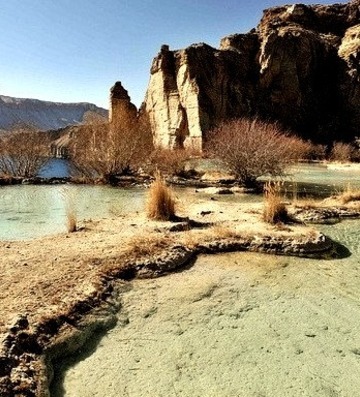
by christophe_cerisier on Flickr.The beautiful travertine pools of Band-e-Amir lakes in Afghanistan.
0 notes
Photo
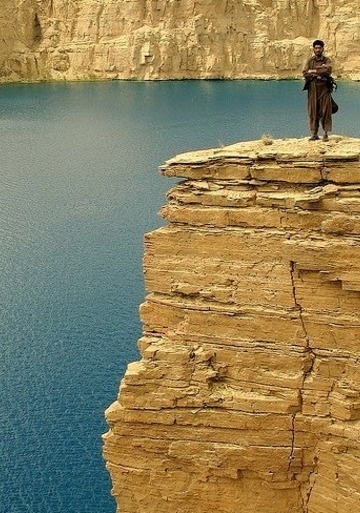
Band-e-Amir lakes, near Bamiyan, Afghanistan
0 notes
Text
by christophe_cerisier on Flickr.The beautiful travertine pools of Band-e-Amir lakes in Afghanistan.

0 notes
Photo

by christophe_cerisier on Flickr.The beautiful travertine pools of Band-e-Amir lakes in Afghanistan.
0 notes
Photo

by christophe_cerisier on Flickr.The beautiful travertine pools of Band-e-Amir lakes in Afghanistan.
0 notes
Text
by christophe_cerisier on Flickr.The beautiful travertine pools of Band-e-Amir lakes in Afghanistan.

0 notes
Text
by christophe_cerisier on Flickr.The beautiful travertine pools of Band-e-Amir lakes in Afghanistan.
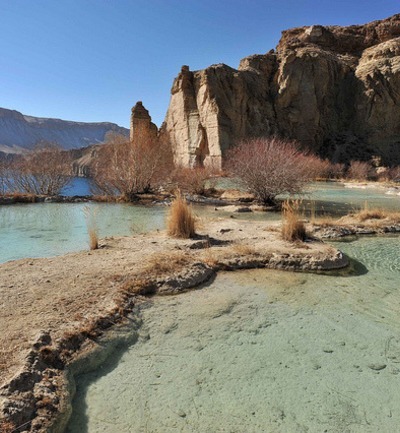
0 notes
Photo

Mother.
Source: Harmeet Basur
#afghanistan#afghan#afghan woman#afghan child#asia#asian#central asia#south asia#bamyan#bamiyan#hazarajat#hazara#people#woman#child#mother#baby#motherhood#life#turkic#mongol#moments
24 notes
·
View notes
Photo

by christophe_cerisier on Flickr.The beautiful travertine pools of Band-e-Amir lakes in Afghanistan.
0 notes
Photo
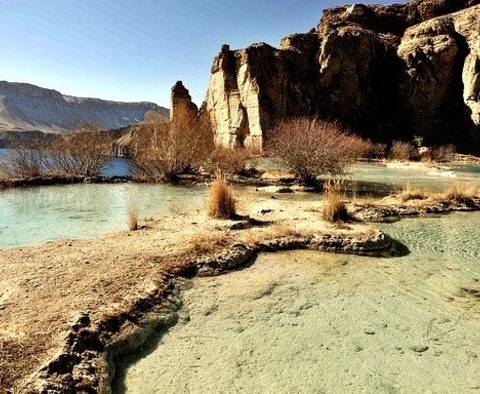
by christophe_cerisier on Flickr.The beautiful travertine pools of Band-e-Amir lakes in Afghanistan.
0 notes
Photo

by christophe_cerisier on Flickr.The beautiful travertine pools of Band-e-Amir lakes in Afghanistan.
1 note
·
View note
